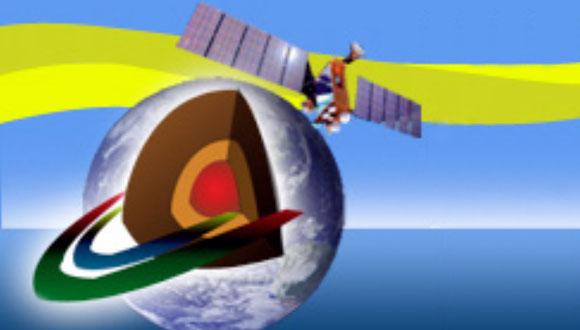Dept. of Geosciences Colloquium: Enhancing the Seismic Catalogue of the Dead Sea Fault
Dr. Ittai Kurzon, Geological Survey of Israel
Abstract:
This study presents the re-processing of seven years of waveforms data, 2013-2019, resulting in a seismic catalogue, with significantly more events than the existing catalogue of the Israel Seismic Network (ISN). The data range consists of (1) a lower time limit, defining the year in which stations’ metadata is well documented and reliable, and (2) an upper limit defining the year in which 85% of the TRUAA seismic network upgrade has been completed. Therefore, this time period represents significant upgrades and modifications, that have increased the quantity and quality of the acquired seismic data. In our efforts to produce a more robust seismic catalogue, we have tested several approaches, beginning with customizing Signal-to-Noise-Ratio (SNR) detectors, and finally converging into Transfer Learning. The latter is a Machine Learning approach, in which we do not use the pre-defined filters, but rather use several datasets of phase arrivals (P and S) for refining phase detection. It requires that the datasets used for the learning process, have passed quality control tests prior to their usage. Our results show significant enhancement of the catalogue by a factor of 2 to 3. The P and S arrivals produced with this method are rather good, within 0.2s of manual accuracy, and with no false arrivals. As we haven’t finalized yet the magnitude calculation, we speculate at this stage that the magnitude of completeness has been reduced. The increase in the number of seismic stations due to the deployment of new TRUAA stations, also captured by the increase in seismicity in the ISN catalogue, is shown to be more prominent in the new generated catalogue. Therefore, it is not a surprise that our results emphasize features and structures along the Dead Sea Fault that have not yet been observed.
Event Organizer: Dr. Roy Barkan


